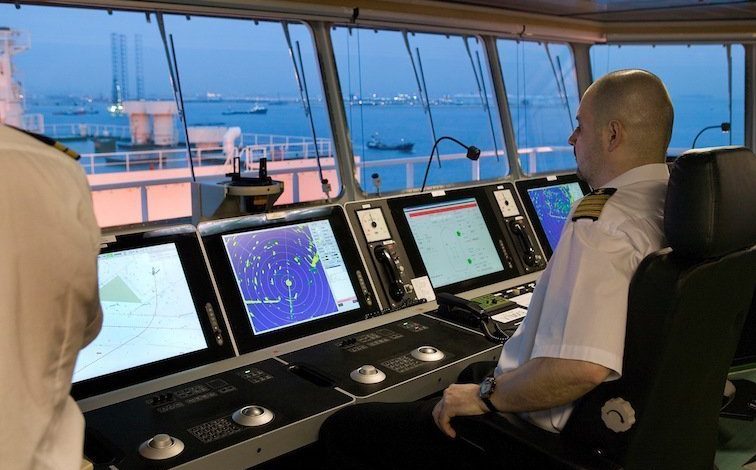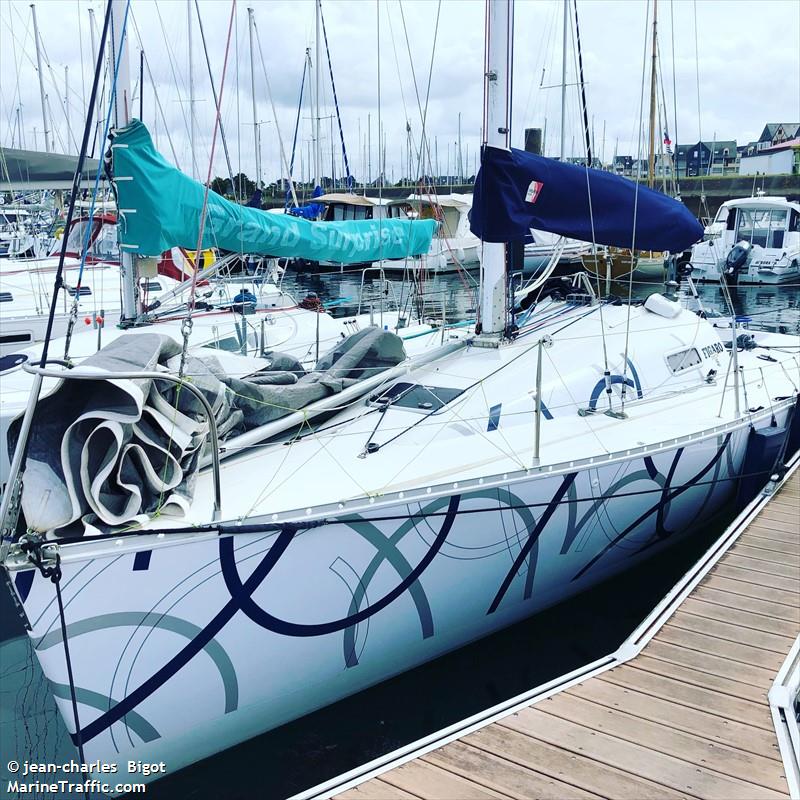ECDIS safety study launched

The UK’s Marine Accident Investigation Branch (MAIB) has started a safety study, in collaboration with the Danish Maritime Accident Investigation Board, looking at the way electronic chart and display information systems (ECDIS) are currently being used onboard ships.
The study comes in the wake of MAIB’s just published report into the December 2016 grounding of the Muros bulk carrier off the coast of eastern England, in which it was found that ECDIS use onboard was not as envisaged by regulators or equipment manufacturers, an issue MAIB has noted on a number of other shipping incidents in recent years.
The study will research why seafarers are utilising ECDIS in ways that are often at variance with the instructions and guidance provided by the system manufacturers and regulators. The overarching objective of the study is to provide comprehensive data that can be used to improve the
functionality of future ECDIS systems by encouraging the greater use of operator experience and human centred design principles.
MAIB noted in its 33-page accident report on the Muros: “[I]f ECDIS is to make its intended contribution to navigation safety, further research is required to assess in detail the difficulties faced by ECDIS operators and the consequences of the systems’ limitations so that these can be addressed in future designs.”

 bulk carrier off the coast of eastern England, in which it was found that ECDIS use onboard was not as envisaged by regulators or equipment manufacturers, an issue MAIB has noted on a number of other shipping incidents in recent years.
bulk carrier off the coast of eastern England, in which it was found that ECDIS use onboard was not as envisaged by regulators or equipment manufacturers, an issue MAIB has noted on a number of other shipping incidents in recent years.
Don’t conduct a study!! Get on board as many ships as you can and ask the bridge officers how ECDIS can become more intuitive? Thats how you fix the problem.
ECDIS needs to operate just like Nobletec and Rose Point…intuitively. ECDIS requires the operator to go through too many sub-menus to find basic information. That is root cause of the problems.
The “MUROS” was the fifth reported vessel grounding due to misuse of ECDIS! Earlier ones such as the “OVIT” have become ’cause celebre’ and are referenced in many training facities, but these incidents continue to happen. The UK MAIB and Danish DMAIB joint study to determine why these incidents are happening is welcome. It is long overdue.
What the Splash 247 article failed to mention was that the MAIB report quoted from recent research by an MSc student (DMAIB Investigator) at Lund University who explored the experiences of ECDIS operators with a view to identifying ways to inform system design and development in the future. Inter alia, the research identified:-
– The technology was not reliable and could not be trusted.
– User experience was required to determine when the information displayed was reliable.
– Automated functions were deselected to fit local contexts and reduce workload
– Alarm functions were disturbing (..and frequently disabled?)
– Information on ECDIS displays duplicated information shown elsewhere and led to clutter.
– The Operator/ECDIS interface was complex ( as mentioned by first commentator)
– ECDIS use reduced basic navigational skills.
– Difficulty was experienced when transferring between systems.
If the MAIB/DMAIB study confirms these findings, one has to consider whether ECDIS in its present state is “fit for purpose”? If so, ECDIS should lose its licence to be used as the primary system of navigation, until such time as these deficiencies are universally fixed. Let’s hope that IMO is listening?